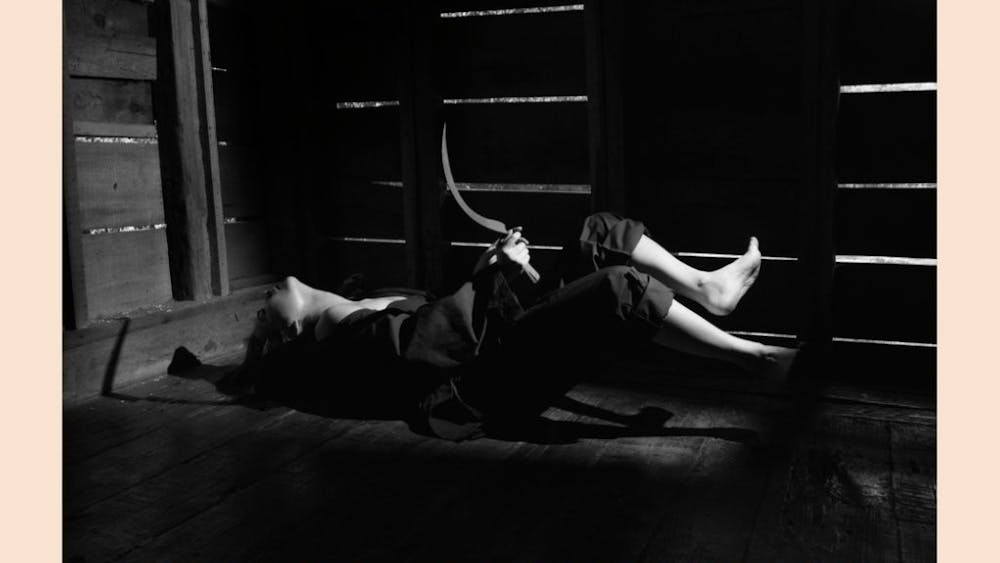When a school massacre takes place like the one at Northern Illinois University, it’s easy to jump to conclusions. The 24-hour media machine groans into action with endless hypotheses, fake sincerity and poorly-masked glee over a “big story.” Then, after the fact, the event slides into the backs of our minds, and we invent whatever explanations we can for something we view as “unexplainable.” \nAs a result, our views of school shootings are constantly skewed by misconceptions. Deeper introspection rarely occurs when it comes to school violence, so that when these events occur, we throw up our hands in shock and accept the wild accusations of television talking heads. “How could this have happened?” we wonder. The whole frenzy of sensationalism and emotional outpouring surrounding school shootings seems totally disproportionate to their rate of occurrence. Is our repeated shock at such events just an outgrowth of other traumas?\nAs a result of the media marketing of these homicides, a meme is inevitably built, and spontaneous theories are hung on it like a Christmas tree. It happened because we don’t have enough guns. No, it happened because we have too many guns! Video games! Anti-depressants! Living in the Midwest made Stephen Kazmierczak do it!\nPundits who provide “analysis” seem to throw all caution (and data) to the wind, crusading instead for an agenda that bears only tangential significance. Can we build a rational public policy if our only context is shock and disbelief?\nSchool shootings and violence are a historical presence in America; the only thing that has changed is the coverage. The hysteria surrounding school homicides such as those at NIU is not proportional to the amount of societal violence. In 2005, 4,329 18- to 24-year-olds died in homicides, and those violent crime deaths peaked in the early-mid ‘90s, yet not all of them received massive media attention. Furthermore, the number of school assaults and other violence has dropped by nearly one-half in the past decade. When using only media-marketed murders to build our perceptions, we’ll always find our responses lacking.\nThis isn’t to say that we don’t need more thought on youth violence in American culture. Compared to other developed nations, we have outrageous under-25 homicide rates. But the bulk of these shootings are not the kinds of killings we see at NIU, and any attempt to use the loose data points of “mass school shootings” will give us a terrible picture of why young people commit and are victims of violence in this country.\nThese skewed perceptions lead to all sorts of failed policies, from hysteria over students’ violent drawings to metal detectors that fail to deter killers. \nJust as we cannot simply write off these massacres as “unexplainable,” we also cannot accept blind, irresponsible schemes as acceptable explanations. Unless we look at the whole of youth violence and its origins, we will find ourselves perpetually in a state of shock, unwilling and unable to affect any change in youth homicide rates.
Culture shock
Get stories like this in your inbox
Subscribe





